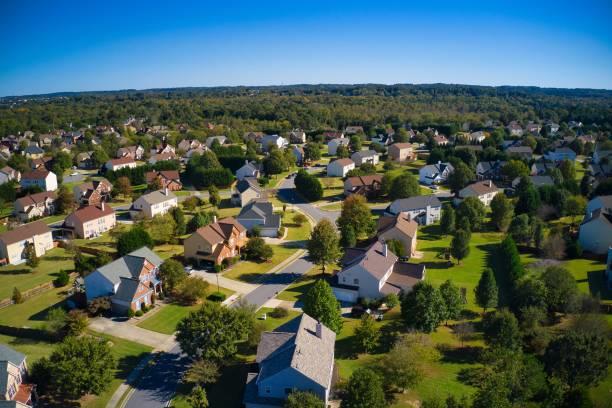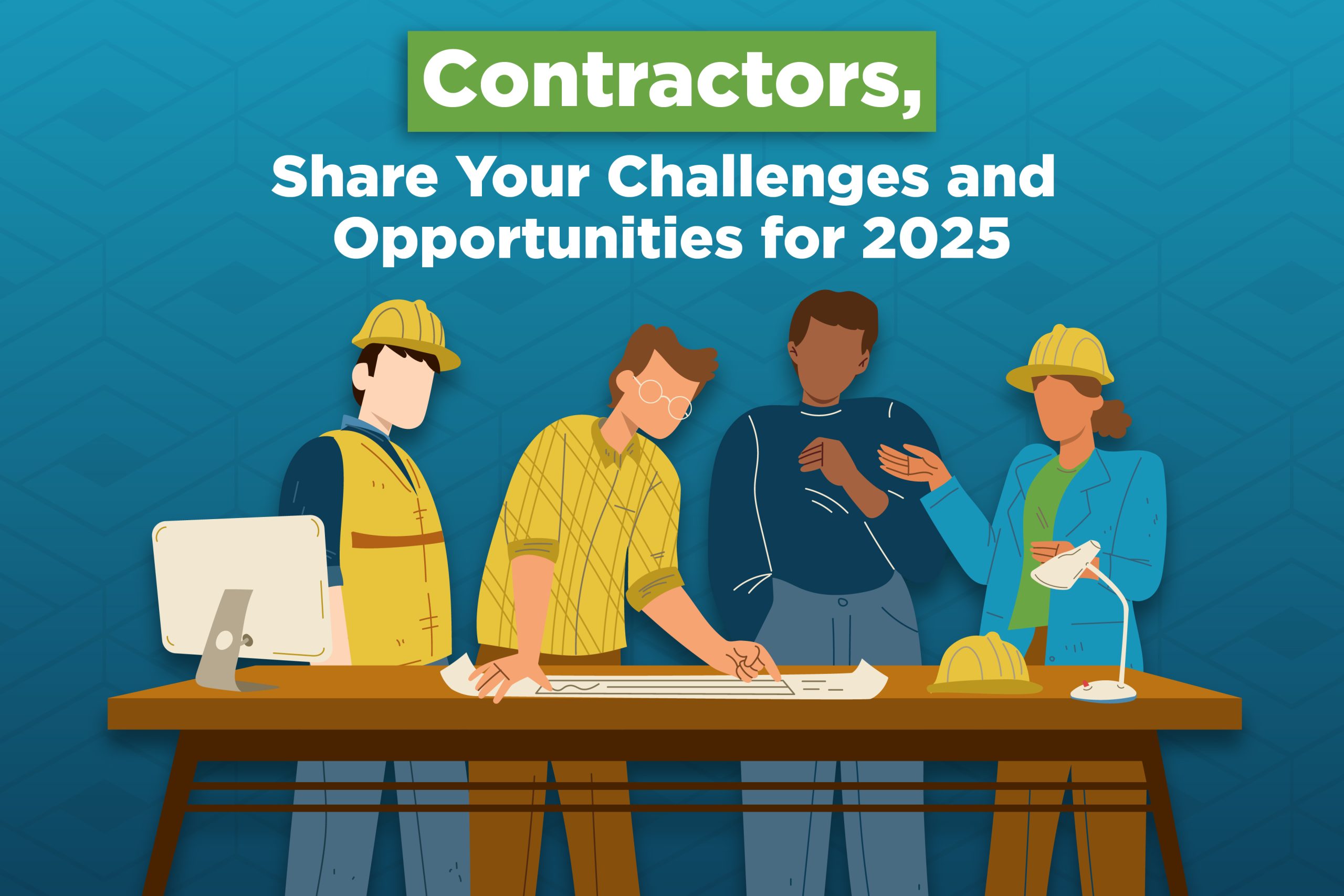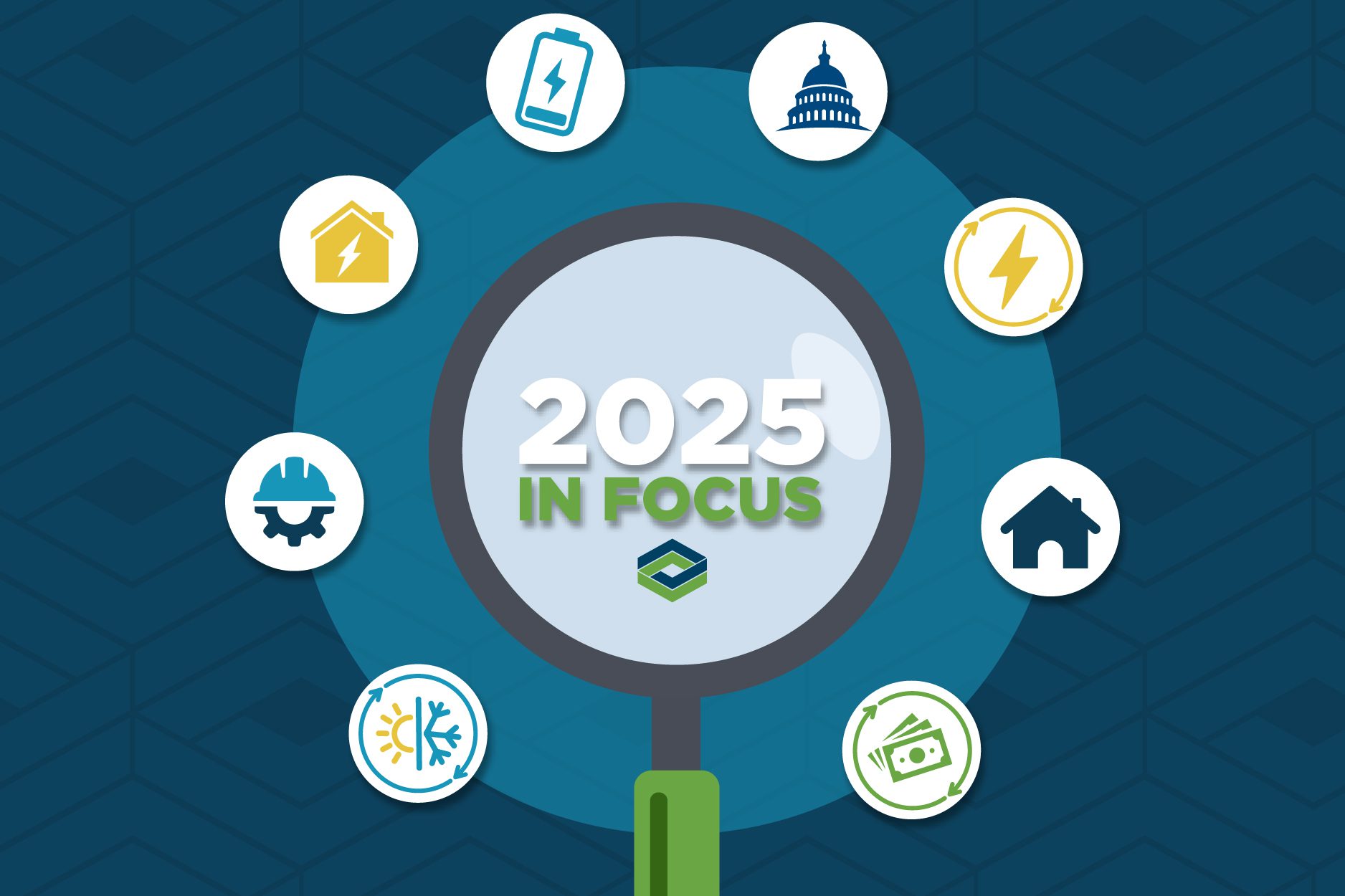Apr 25, 2022
There’s Always More to Learn
The author muses about the complexities of houses and people, and how even seemingly identical hotel rooms and houses are unique. Attending conferences allows for the transfer of information and the opportunity to build friendships, something that has been missed during the pandemic. With the push towards electrification, understanding heat pumps and their impact on indoor air quality is crucial. However, finding solutions to indoor air quality issues is not as simple as installing gadgets, and requires continued learning and sharing of information. The author acknowledges the dedication of those working towards a livable environment on this planet.
By: Paul H. Raymer

I was sitting in my hotel room at the Nashville Home Performance Conference a couple of weeks ago, and it occurred to me that there are hundreds of other rooms in that hotel just like mine. Brilliant observation! Then I wondered how many of those rooms the hotel owner has ever been in. Was there anything about that room that made it different from any other room in the hotel beside the number on the door? When I flew into Nashville, my plane flew over hundreds of houses in clustered developments. From the air, the houses all looked the same. But we know that isn’t the case. But what is the essential nature of a house? What makes one house different from another? And what makes one homeowner different from another? Houses and people are amazingly complex.
I’ve been to a lot of building-related conferences over the years. A lot of information is transferred, but you also see the same group of people and build friendships. Not everybody wants to talk about thermodynamics at the dinner table! But these folks do. So being stuck at home for all these months/years, it was wonderful to see real people again. For some reason, people seemed taller than they do on Zoom.
They’ve all been working in their houses and laboratories and learning more stuff. Seems like there is always more to learn. The push to electrification means a movement away from gas, oil, and propane-fired heating systems and that means understanding heat pumps and all they can and can’t do. They are not the same as traditionally ducted and distributed-conditioned air systems. They impact humidity and comfort differently. They install and service differently.
And then there is indoor air quality (IAQ). The world has become acutely aware of the chemicals and tiny particles floating around in our houses. So, what are you going to do about it? “Thar’s gold in them thar hills!” Some people think, “I’ll Just put in the gadgets and the whiskeys and stomp out the bugs.” But it’s not that easy. That shiny ozone generator will zap some pollutants while creating others. It’s a whack-a-mole exercise.
But as frustrating as it is, this is one whack-a-mole game that we can’t stop if we want to leave a livable environment on this planet. This wonderful group of caring people has been working at this for a very long time and will continue to do so. But we all have to learn more and continue to transfer that information.





